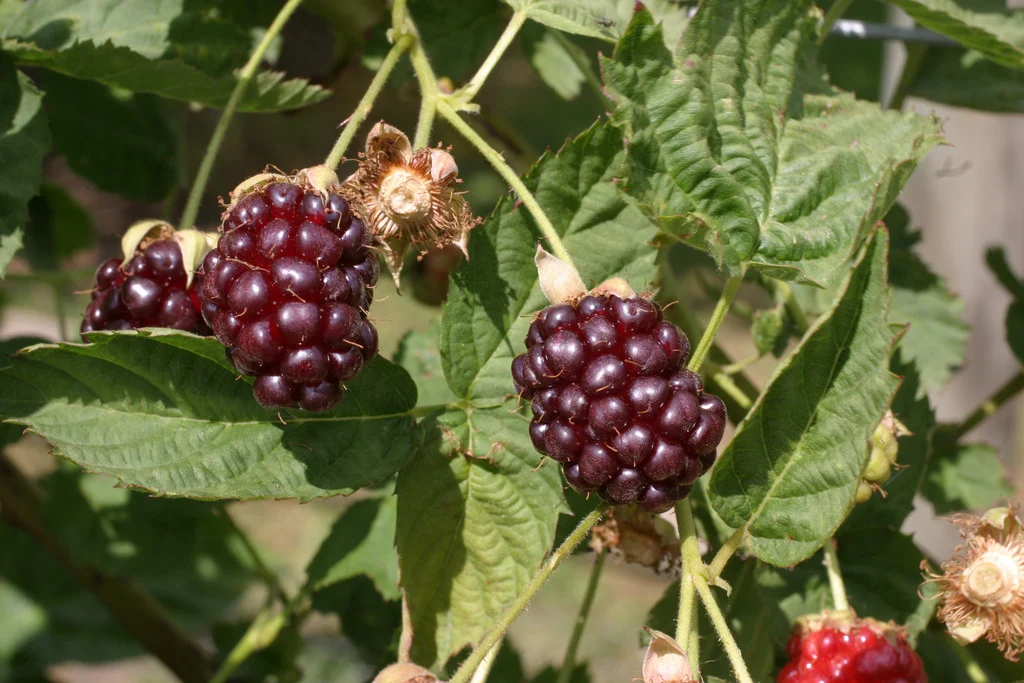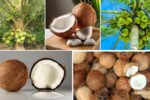Boysenberries — with their deep purple hue, tangy-sweet flavor, and impressive nutritional profile — have earned a loyal following among berry enthusiasts and chefs alike. A cross between raspberries, blackberries, and loganberries, boysenberries are not only prized for their taste but also their versatility in culinary creations ranging from jams to wines and desserts.
While the berry was originally cultivated in the United States, its global trade has evolved over the decades. Today, New Zealand stands as the largest exporter of boysenberries in the world, accounting for the majority of international shipments of this unique fruit. Let’s dive into how this happened, the country’s production capabilities, export statistics, and the future outlook for the global boysenberry market.
The Origins of the Boysenberry

The boysenberry was first developed in California in the 1920s by horticulturist Rudolph Boysen and popularized by Walter Knott of Knott’s Berry Farm fame. Initially grown extensively in the United States, boysenberry cultivation began to decline in the U.S. in the latter half of the 20th century due to its delicate nature, susceptibility to disease, and short shelf life, making it difficult for large-scale commercial farming.
However, halfway around the world, New Zealand recognized the potential of the boysenberry, both as a domestic delicacy and a high-value export product. By the late 20th century, New Zealand growers had established boysenberry orchards, developing new thornless and disease-resistant varieties better suited to modern commercial agriculture and international markets.
The Global Boysenberry Market
The boysenberry market remains relatively niche compared to other berry varieties like blueberries or raspberries, but it commands a strong presence in health-conscious and gourmet food circles.
Boysenberries are typically exported in several forms:
- Fresh berries
- Frozen berries (IQF)
- Purees and concentrates
- Jams, preserves, and syrups
These products are in demand across North America, Europe, and parts of Asia, particularly in health food stores, bakeries, restaurants, and specialty beverage companies.
New Zealand: The Global Leader in Boysenberry Exports

New Zealand is currently the largest exporter of boysenberries in the world, both in terms of volume and value. The country produces approximately 80% of the world’s commercial boysenberry crop, with most of it designated for export.
Export Figures:
- New Zealand exports between 1,800 to 2,500 metric tons of boysenberries annually, primarily in frozen form.
- The export value of boysenberries exceeds USD 25 million annually.
- The country supplies boysenberries to over 20 markets worldwide, with top destinations including the United States, Australia, Japan, Canada, the United Kingdom, and Germany.
Why New Zealand Leads in Boysenberry Exports
Several factors contribute to New Zealand’s dominance in the boysenberry export market:
Ideal Climate
New Zealand’s temperate climate, with cool winters and mild, dry summers, is perfect for cultivating boysenberries. The conditions reduce the risk of fungal diseases and encourage high-quality fruit development.
Innovative Cultivation Techniques
New Zealand growers have developed improved, thornless, and disease-resistant boysenberry cultivars, which are more suitable for commercial farming and export. These varieties yield larger, juicier berries with better shelf life.
Advanced Processing and Export Infrastructure
The country boasts state-of-the-art facilities for harvesting, quick-freezing, and packaging berries, allowing for efficient export to distant markets while preserving freshness and flavor.
Strategic Export Focus
Unlike other countries that prioritize domestic consumption, New Zealand’s boysenberry industry has long been export-oriented, establishing strong trade relationships in lucrative international markets.
Other Major Boysenberry Exporters

While New Zealand is the world leader, other countries contribute to the global boysenberry trade, albeit on a much smaller scale.
United States
Although boysenberries originated in the U.S., commercial production has significantly declined. Today, most American-grown boysenberries are consumed domestically, often in fresh and processed forms like pies, preserves, and syrups.
Chile
Chile has a growing soft berry industry, including boysenberries, benefiting from its favorable climate and counter-seasonal production for Northern Hemisphere markets. Chile exports frozen boysenberries, mainly to North America and Europe.
Poland
As one of Europe’s largest berry producers, Poland exports mixed berry products, including some boysenberries, primarily within the EU market.
Canada
Canada, with its cool growing regions, produces and exports small quantities of boysenberries, mostly to the U.S.
Market Trends and Future Outlook
The global demand for boysenberries is on the rise, driven by increased interest in antioxidant-rich superfoods and gourmet ingredients. Some notable trends shaping the market include:
Rising Demand for Health Foods
Boysenberries are high in anthocyanins, vitamin C, fiber, and antioxidants, making them popular in health-conscious markets. Extracts and powders are increasingly being used in dietary supplements and functional foods.
Growth in Processed and Frozen Berries
Due to their delicate nature and short shelf life, most boysenberries are exported frozen or as purees. The frozen berry segment is expected to see significant growth as consumers seek convenient, nutrient-dense ingredients.
Expansion into Asian Markets
While traditional boysenberry markets have been in the U.S. and Europe, demand is growing rapidly in Asia, particularly in Japan, South Korea, and China, where boysenberries are valued for both their health benefits and unique flavor.
Global Boysenberry Export Data Snapshot (2023)

| Country | Export Volume (Metric Tons) | Export Value (USD) | Top Markets |
|---|---|---|---|
| New Zealand | 2,300 | 25 million | U.S., Australia, Japan |
| Chile | 500 | 4.5 million | U.S., Europe |
| United States | 400 | 3.8 million | Domestic, Canada |
| Poland | 200 | 2 million | Germany, UK, Scandinavia |
| Canada | 150 | 1.6 million | U.S., Domestic |
Challenges in the Boysenberry Export Market
Despite its growth, the boysenberry trade faces some challenges:
- Fragility of fresh berries limits large-scale fresh exports.
- Climatic variability affecting crop yields.
- High production costs in some regions.
- Need for market diversification to prevent overreliance on a few major markets.
New Zealand has effectively mitigated many of these through advanced processing, focusing on frozen and value-added products, and exploring new markets.
Conclusion

When it comes to boysenberry exports, New Zealand stands firmly at the top of the global market. Thanks to its ideal climate, innovative farming practices, state-of-the-art processing facilities, and strategic export orientation, New Zealand accounts for the vast majority of the world’s commercial boysenberry exports.
While other countries like Chile, the United States, Poland, and Canada contribute to the trade, their volumes are relatively small, and none have matched New Zealand’s ability to supply consistent, high-quality boysenberries to markets around the world.
As global demand for superfoods and specialty berries continues to grow, New Zealand’s position as the boysenberry export leader appears secure — with opportunities for further expansion, especially in emerging markets across Asia and the Middle East.





